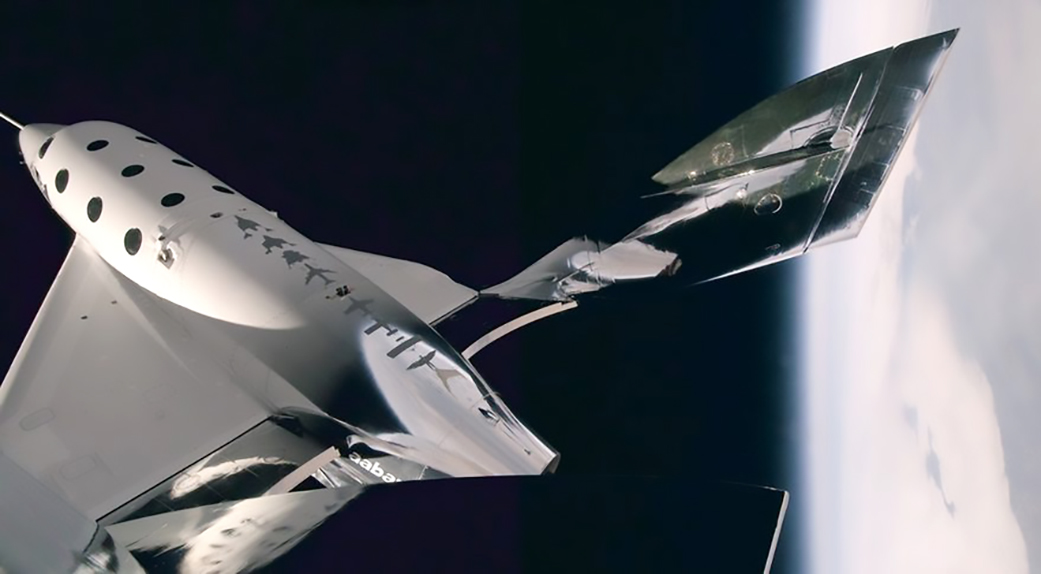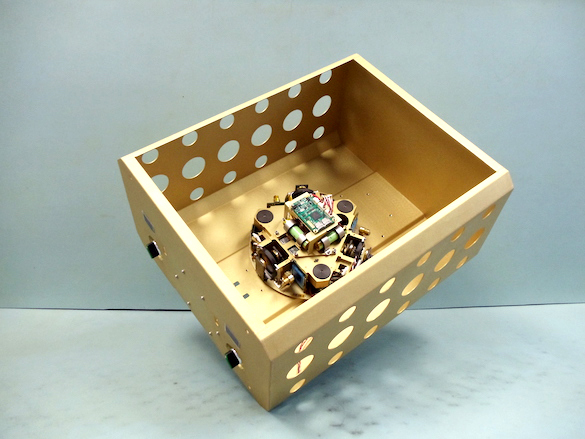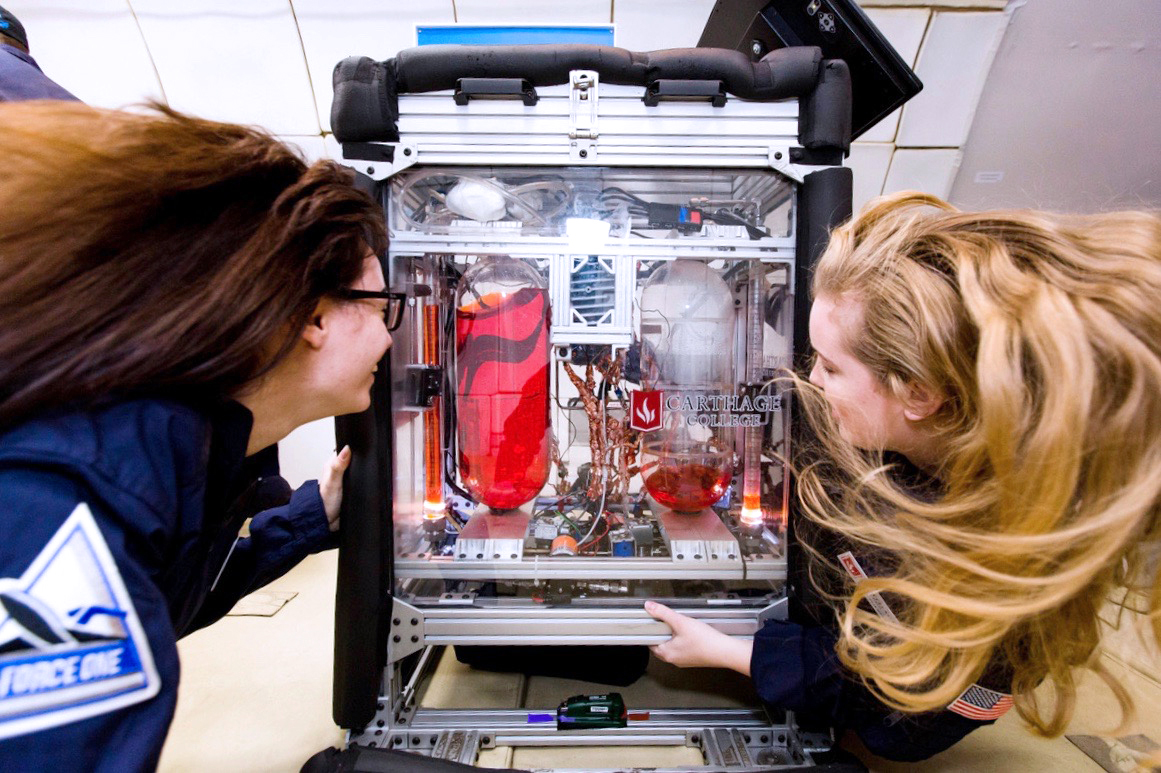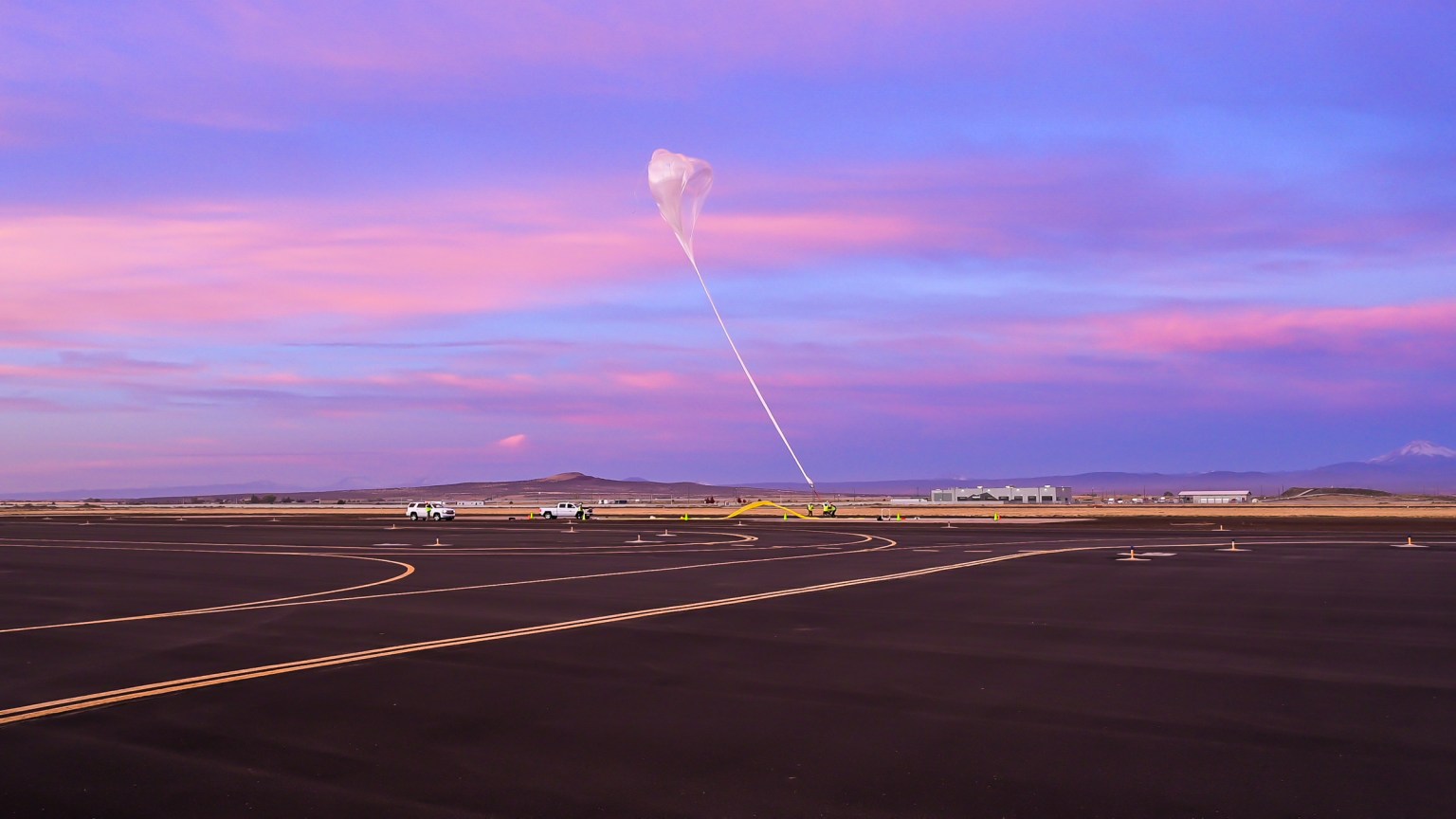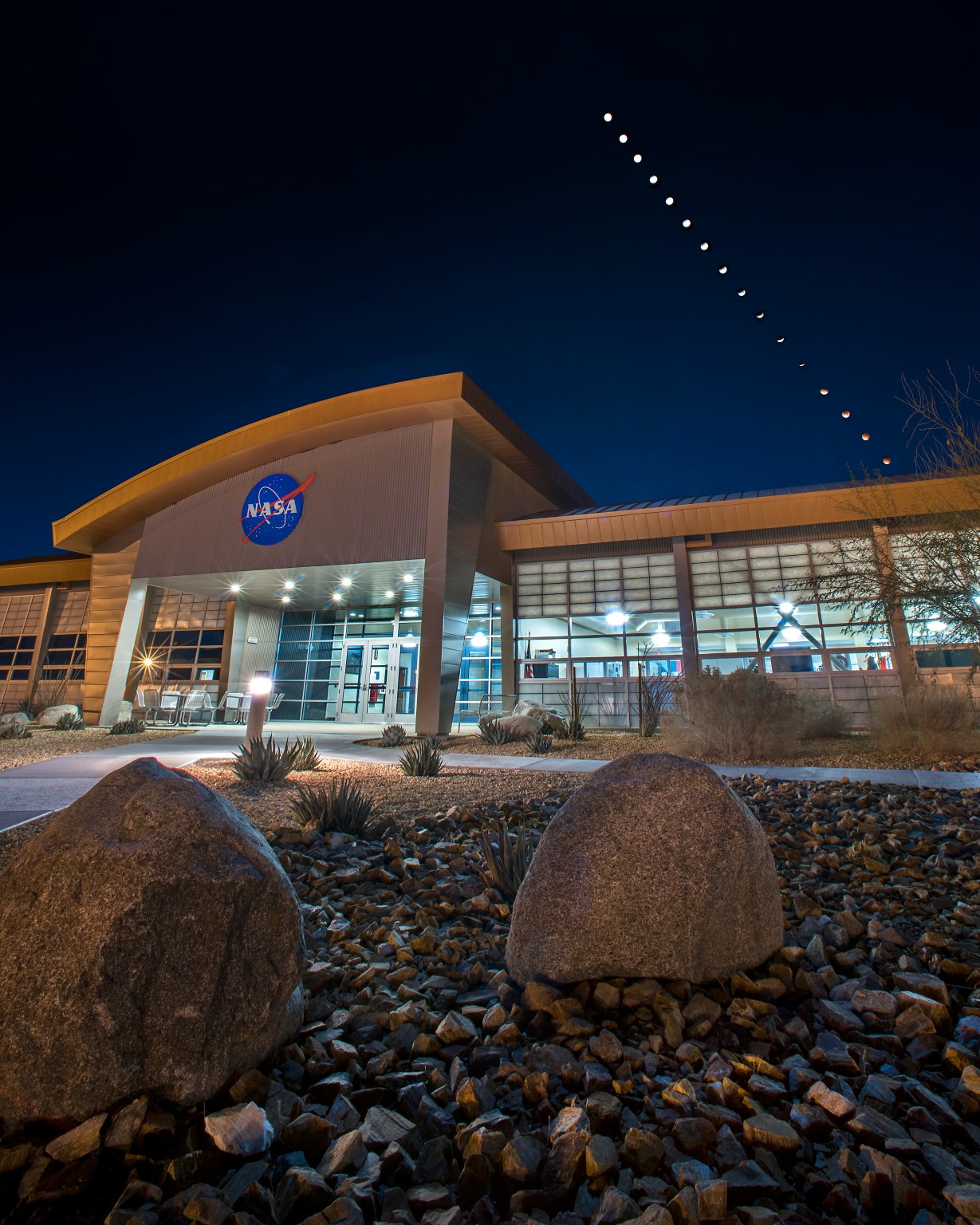Editor’s Note: Virgin Galactic’s SpaceShipTwo successfully flew to suborbital space Dec. 13 with four NASA-supported technology payloads onboard. The rocket motor burned for 60 seconds, taking the piloted spacecraft and payloads beyond the mission’s 50-mile altitude target.
A winged spacecraft will soon take off with four NASA-supported technology experiments onboard. Virgin Galactic’s SpaceShipTwo will separate from the WhiteKnightTwo twin-fuselage carrier aircraft and continue its rocket-powered test flight.
The flight, scheduled for no earlier than Dec. 13, is Virgin Galactic’s first mission for NASA. The agency’s Flight Opportunities program helped the four experiments hitch a ride on SpaceShipTwo. The program purchased flight services, the accommodation and ride, from Virgin Galactic for the payloads. During the flight, the payloads will collect valuable data needed to mature the technologies for use on future missions.
“The anticipated addition of SpaceShipTwo to a growing list of commercial vehicles supporting suborbital research is exciting,” said Ryan Dibley, Flight Opportunities campaign manager at NASA’s Armstrong Flight Research Center in Edwards, California. “Inexpensive access to suborbital space greatly benefits the technology research and broader spaceflight communities.”
NASA’s investment in the growing suborbital space industry and strong economy in low-Earth orbit allows the agency to focus on farther horizons. NASA will venture forward to the Moon – this time to stay, in a measured, sustainable fashion – in order to develop new opportunities and prepare for astronauts to explore Mars.
The planned technology demonstrations onboard SpaceShipTwo could prove useful for exploration missions. For Principal Investigator Josh Colwell at the University of Central Florida in Orlando, the Virgin Galactic flight will help further refine the Collisions Into Dust Experiment (COLLIDE). The experiment aims to map the behavior of dust particles on planetary surfaces. Suborbital flights let Colwell and his team gather data useful for designing exploration architectures at the Moon, Mars and beyond.
The presence of dust on asteroids and moons with low surface gravity introduces challenges for both human and robotic missions. Particles can damage hardware and contaminate habitats. Understanding dust dynamics could help NASA design better tools and systems for exploration missions.
On this microgravity flight, COLLIDE will simulate the dusty surface of an asteroid and a surface impact. The experiment will collect high-quality video of the dust dispersing.
“We want to see how dust in microgravity behaves when it’s disturbed. How fast will it fly around? How careful do you have to be to avoid disturbing the surface too much? If you have a hard landing and disturb the surface a lot, how long will you have to wait for the dust to clear?” Colwell explained.
Here on Earth, this isn’t as much of a concern. Colwell explained that in space, where the absence of gravity complicates every task at hand, such considerations are significant for mission planning.
“If you have a small dust disturbance and can work around it, great. If the dust particles have enough speed, they can contaminate and stick to equipment well above the surface, posing problems for safety as well as mission success,” Colwell said.
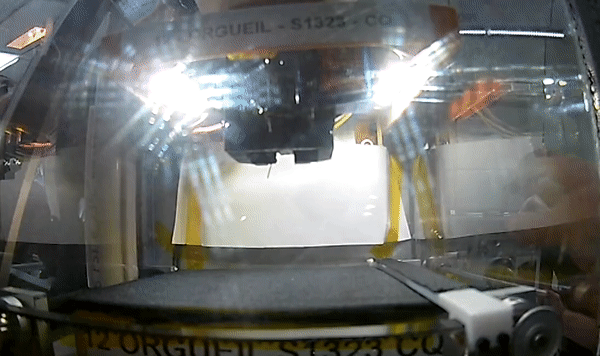
COLLIDE data collected on its first to suborbital space, as well as data from a related experiment previously tested on NASA-sponsored parabolic aircraft flights, could help future human and robotic explorers throughout the solar system. The other technology payloads slated for the SpaceShipTwo flight are:
- Microgravity Multi-Phase Flow Experiment for Suborbital Testing
NASA’s Johnson Space Center in Houston
Life support systems are an integral part of a deep space habitation capability. They typically include processes where liquids and gases interact, therefore requiring special treatment in space. This two-phase system separates gas and liquid in microgravity. The technology could also be applied to in-situ resource utilization, power systems, propellant transfer and more.
- Validating Telemetric Imaging Hardware for Crew-Assisted and Crew-Autonomous Biological Imaging in Suborbital Applications
University of Florida in Gainesville
In order to live in deep space, astronauts will have to grow their own food. This experiment studies how microgravity affects plant growth. The experiment uses a biological fluorescent imaging instrument designed to collect data on the biological response of a plant, or plant tissue.
- Vibration Isolation Platform
Controlled Dynamics Inc. in Huntington Beach, California
Spacecraft and payloads are subject to intense launch environments. This mounting interface for orbital and suborbital vehicles is designed to lessen disturbances on payloads during launch, re-entry and landing.
All four payloads are currently scheduled for future flight demonstrations, enabling researchers to gather additional data and mature their technologies.
About Flight Opportunities
The Flight Opportunities program is funded by NASA’s Space Technology Mission Directorate at the agency’s Headquarters in Washington and managed at NASA’s Armstrong Flight Research Center in Edwards, California. NASA’s Ames Research Center in California’s Silicon Valley manages the solicitation and selection of technologies to be tested and demonstrated on commercial flight vehicles.
Virgin Galactic and other U.S. commercial spaceflight providers are contracted to provide flight services to NASA for flight testing and technology demonstration. Researchers from academia and industry with concepts for exploration, commercial space applications or other space utilization technologies of potential interest to NASA can receive grants from the Flight Opportunities program to purchase suborbital flights from these and other U.S. commercial spaceflight providers. The next solicitation for potential payloads is anticipated for release in January 2019. For information about current opportunities, visit: https://www.nasa.gov/directorates/spacetech/flightopportunities/opportunities
Clare Skelly
Headquarters, Washington
202-358-4273
clare.a.skelly@nasa.gov
Leslie Williams
Armstrong Flight Research Center, Edwards, Calif.
661-276-3893
leslie.a.williams@nasa.gov



























